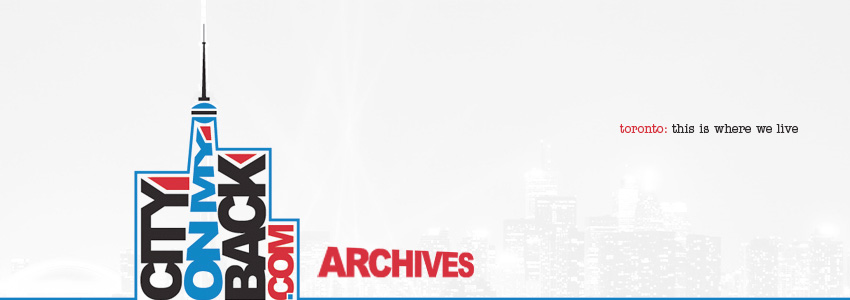The Fine Print – Artists vs Producers
By Jonathon Brown
I’ve worked on the ground floor level with artists and producers in Canada’s urban music scene for a few years now and gained considerable insight into its successes and failures. One of my most enlightening observations is the imbalance between the explosion of Canadian production and the relatively minute impact of Canadian artists south of the border. Toronto’s own Tone Mason, Boi 1da, Soundsmith and Northern Profit are just a few of the producers to not only break into mainstream urban music, but to make a real dent. From Fantasia to Jadakiss to Lil Wayne, you’ve definitely heard some Canadian production, you probably just didn’t know it – and that is a key reason why this imbalance exists: you, as a consumer, don’t have to know it….
By Jonathon Brown
I’ve worked on the ground floor level with artists and producers in Canada’s urban music scene for a few years now and gained considerable insight into its successes and failures. One of my most enlightening observations is the imbalance between the explosion of Canadian production and the relatively minute impact of Canadian artists south of the border. Toronto’s own Tone Mason, Boi 1da, Soundsmith and Northern Profit are just a few of the producers to not only break into mainstream urban music, but to make a real dent. From Fantasia to Jadakiss to Lil Wayne, you’ve definitely heard some Canadian production, you probably just didn’t know it – and that is a key reason why this imbalance exists: you, as a consumer, don’t have to know it.
See, if you’re an artist you have to do a lot more than rap or sing. You have to brand yourself and that means finding your sound, fine tuning your image, packaging your life story and appealing to an audience enough that they will follow your career. Along the way you employ writer’s like me to craft a biography to submit for press opportunities, a photographer like “Photo Will” to capture your style, a graphic designer and image consultant like Shane Stirling to create your logos and album/single art. And all this comes after you’ve secured studio time, production, mixing and mastering services and manufacturing/distribution. As an artist, you have to do all these things if you want any chance at appealing to a public audience who has very short attention spans. You not only have to appeal to them, you have to win them over. You have to create fans of your work, and a lot of them.
But, if you’re a producer you don’t necessarily have to worry about directly appealing to the viewing public and establishing a sizeable following. And you definitely don’t have to put all that energy into packaging your story, style and sound. Instead, producers have a different target audience – artists, A&Rs, executive producers and DJs. Those people then take you’re production and use it as a tool in their product.
Take Kanye West as an example. He produced “H to the Izzo” and was recognized within the industry as an excellent producer long before we all embraced him as a powerful artist. That’s because his success as a producer wasn’t contingent on a co-sign by the general public via record sales or radio spins. His success as a producer was contingent on finding his way into meetings with people like Jay-z and winning them over. In turn, they created songs which translated into record sales and radio spins. So think about the difference between how many people had to buy into Kanye’s sound, style and story for him to become successful as a producer. Now same question – as an artist.
My point is not that producers don’t work as hard or that they don’t have to think about how they present themselves and their product. My point is that the sheer logistics of the music industry allow greater room to make a mark as a producer than as an artist. And that is why we see so many great producers getting their justly deserved recognition and employment south of the boarder, but not nearly as many artists.
That’s The Fine Print.

